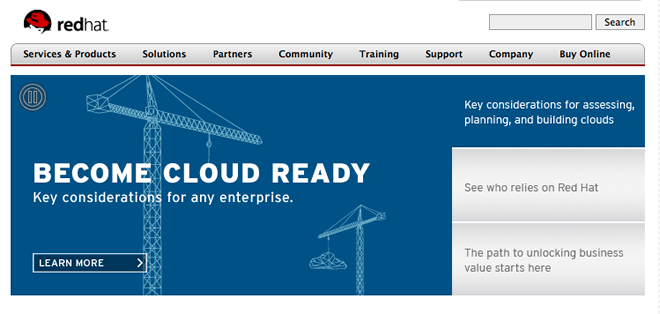Clean Your YUM Out!
YUM is a package manager and updater service for Red Hat Linux, and if you’re part of the Red Hat Network, you’re likely already using the offering to keep your applications fresh. YUM makes sure your various server components are as up to date as they can be, bringing you the latest and greatest in Red Hat without much fuss.
That being said, your YUM repositories aren’t set in stone. These are the places the service goes to when it needs to find new packages, or compare your existing software to the latest releases. These files can be edited in a number of ways, and if you haven’t messed with them before, you should likely follow the steps mentioned below to keep your Red Hat cruising along at maximum capacity.
RELATED: Meet the Web Server
Know How To Disable A Source
The repositories that YUM trolls can be found at the following file directory within your main server installation:
/etc/yum.repos.d
Within this directory, you’ll find a myriad of files listed as repository sources. Each of these can be edited to your hearts content, and if you want to disable a source for your YUM updater, this is the way to go. Once you’ve located a source you’d like to disable, simply change the appropriate line of code within the file to:
enable = 0
This will disable the source, but only in the sense that YUM will no longer pull information from it. The repository file is still stored on your system, which is good if you’d ever like to return to that source again. However, if you’d like to permanently disable a repository, simply delete the appropriate file from your system.
RELATED: Understanding The Root User And How to Obtain It
Clean Your Cache, Captain!
If you’ve been messing about with downloading and installing third party repositories, and have subsequently deleted your explorations, what you may not know is that your old files may still be junking up your repository cache. To clear the thing out, and speed up your server, commit the following lines to terminal:
yum clean packages
Be sure to type this as root, and once that’s managed, go back and enter this line, as well:
yum clean headers
This completely purges your system, removing any old packages that may have been left lingering about. The second line ensures your header repositories are purged as well. If you’re feeling particularly gung-ho, you can always enter this line to perform both functions in one fell swoop:
RELATED: Picking the Right Web Host: It’s More Than Price!
yum clean all




